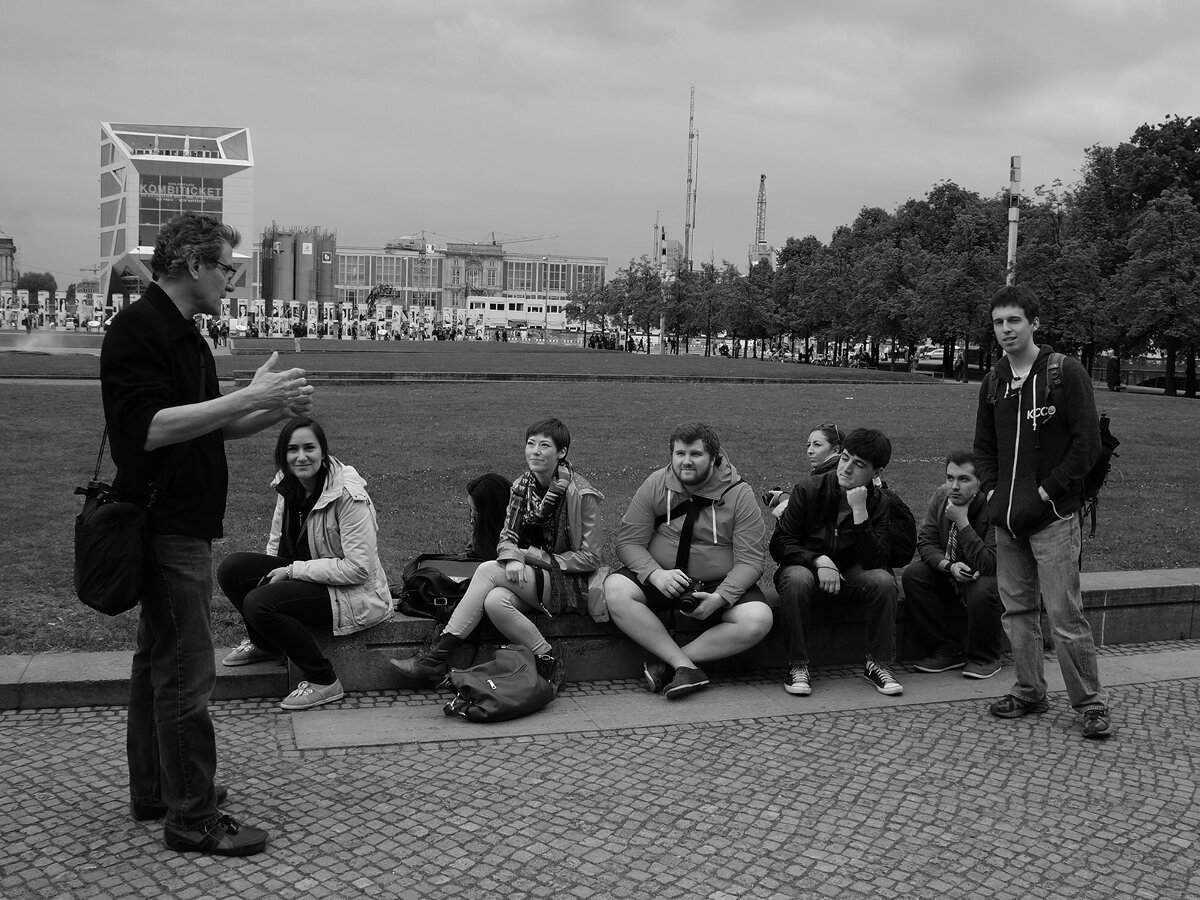
BERLIN – URBAN FORMS / UTOPIAN FRAGMENTS
Elective Seminar /
SU Abroad Summer Program
Syracuse School of Architecture
Summer 2013
Professors:
Martin Hättasch, Ted Brown
Guest Critics:
Wolfram Putz (Graftlab),
Axel Timm (Raumlabor Berlin)
Enrollment:
8 (graduate & advanced undergraduate)
Like no other city, Berlin’s urban fabric embodies the hopes and failures of almost every imaginable western utopian project of the modern age. Located at a geographic, intellectual and political cross road, the city has continuously served as a laboratory for design research and speculation: from Schinkel’s celebration of an emerging bourgeois society to the Siedlungen as a manifesto of modernist life, from Hitler’s and Albert Speer’s ambitions for Germania as capital of a world under Nazi reign to the construction of a new European capital since the fall of the wall and German re‐unification. The reduction to rubble by the end of WW2 and subsequent division gave rise to two altogether new utopias: one under the neon‐lit billboards of Bahnhof Zoo in the west, and one marked by the austere repetition of working class dwellings in the east; even the dividing line itself became a benchmark for a utopia after all utopias: it was here that O.M. Ungers found inspiration for his archipelago conception, while Rem Koolhaas in his project The Voluntary Prisoners of Architecture (inspired by both the wall and Ungers) laid the foundations for a body of work that continues to influence discourse today. In the contemporary city, Berlin’s planners are trying to come to terms with this city’s diverse and fragmented heritage in their search for a new template for the capital of Germany in the 21st century. Through field research, readings, interviews and review of historical documents this class will examine these utopian projects through architectural, urban and archival fragments. We will use the very contemporary debate surrounding the future of the decommissioned Tempelhof Airport and airfield as a heuristic device to examine the city. In turn, we will use the examination of the Berlin as the vehicle through which to speculate on possible futures for the airport. Therefore the class will have both an analytic and projective component; theoretical, architectural and urban analysis is intended to lead toward diagrammatic proposals for this remarkable void in the city. We will use a seminal provocative text on the city/Berlin, O. M. Ungers, et al, “Cities within the City”, 1977, as a structural guide and theoretical foil for the analytical and speculative project. Today Berlin is a very different city; the physical disappearance of the wall continues and the city’s status as a European capital has been restored. So this text must be examined critically as we collectively speculate on architectural projects in the city.
